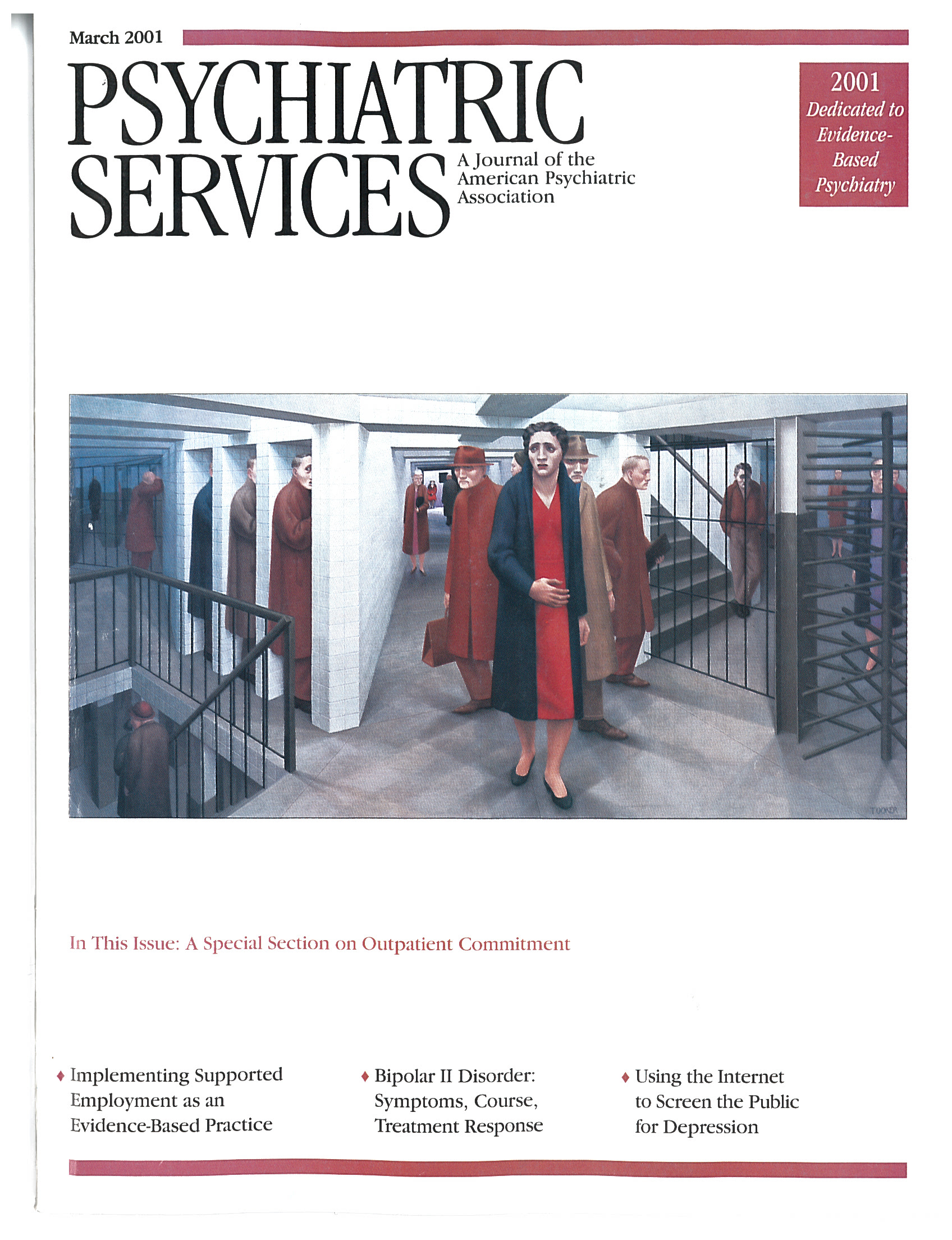Consumer & Family Information: Panic Disorder
Panic disorder is a mental disorder in which a person experiences recurrent panic attacks, at least one of which is followed by a month of persistent concern about the attack.
The panic attack, the core feature of panic disorder, is a sudden wave of overwhelming fear or discomfort that strikes unexpectedly, often in familiar places where there is seemingly nothing to be afraid of. The discomfort and sense of danger are so intense that people often believe they are having a heart attack or a stroke. Although a panic attack lasts only a few minutes, the fear of reexperiencing such intense distress may become persistent and even disabling.
SYMPTOMS
• Sweating
• Shortness of breath
• Feeling unsteady
• Choking or smothering sensations
• Numbness or tingling in fingers or toes
• Nausea or stomach pains
• Feelings of nearly paralyzing terror
• Fear of losing control, dying, or "going crazy"
A "TRIPLE-A" THREAT
Many people don't seek help because they believe that their first panic attack was just a fluke. Without treatment, people often experience three serious consequences.
Avoidance
A person may discontinue certain activities, such as performing routine tasks and visiting familiar places, in the belief that they might trigger the frightening bodily sensations of a panic attack. Avoiding the activities may temporarily lessen the person's fear, but living a normal life soon becomes nearly impossible.
Anticipatory anxiety
Just thinking about the possibility of having a panic attack can cause overwhelming anxiety. A person who constantly experiences anticipatory anxiety may become reclusive. When a person endures panic attacks in solitude, he or she is less likely to get help.
Agoraphobia
Agoraphobia is the fear of being in places or situations from which escape might be difficult or embarrassing. The fear may escalate to such a degree that a person does not leave home.
TREATMENT
With appropriate psychiatric treatment, up to 90 percent of people who experience panic disorder will recover and return to normal life activities. Two main treatment options are available: medication and cognitive-behavioral therapy. These treatments are equally effective, and the choice can be based on a person's situation and preference.
Several medications used to treat depression can be helpful to people with panic disorder—between 75 percent and 90 percent of people with panic disorder respond to antidepressants.
Cognitive-behavioral therapy consists of certain key components. The person learns about panic disorder and learns how to monitor it. He or she masters special breathing techniques to control the physical reactions of a panic attack. When the physical symptoms of a panic attack occur, the person learns to reinterpret them realistically, rather than catastrophically. Finally, with the therapist's help, the person is gradually exposed to situations that evoke frightening physical sensations.
Adapted from "Let's Talk Facts About Panic Disorder," produced by the American Psychiatric Association.



